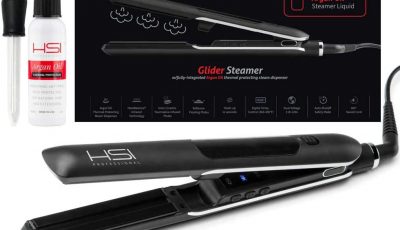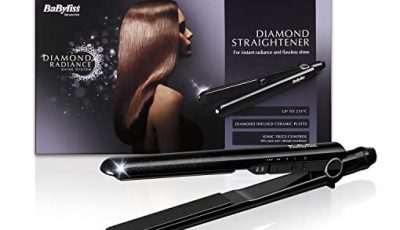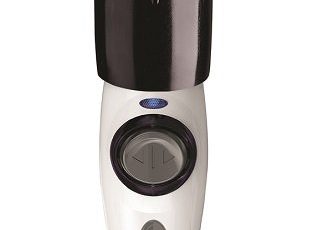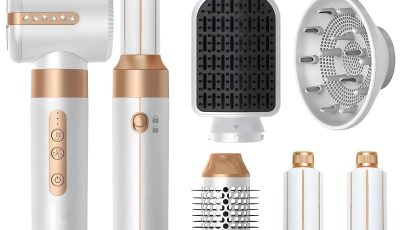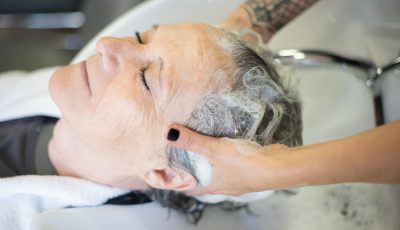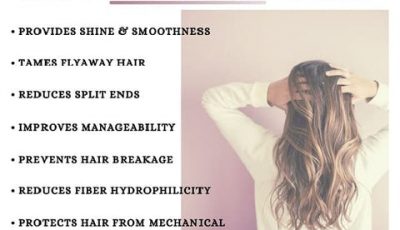In this article, we’ll be discussing the best temperature for straightening fine hair and how to achieve the perfect results without damaging your delicate strands. You’ll learn about the importance of finding the right heat setting and the potential risks of using excessive heat. We’ll also provide some helpful tips on how to protect your fine hair while straightening it, so you can achieve the sleek and smooth look you desire. Stay tuned to discover the key to styling your fine hair without any regrets!
Factors to Consider
When it comes to hair straightening, one of the most important factors to consider is the temperature at which you should set your tools. This decision can greatly impact the health and appearance of your hair, especially if you have fine hair. Fine hair tends to be more delicate and prone to damage, so finding the ideal temperature is crucial for achieving optimal results while minimizing harm. In this article, we will explore the best temperature for hair straightening fine hair, taking into account factors such as hair type, hair thickness, hair health, and environmental factors.
Hair Type
Before determining the best temperature for straightening fine hair, it is essential to understand your hair type. Fine hair is characterized by strands that are thin and fragile. This hair type is prone to breakage and damage, so it requires extra care during styling. Unlike thicker hair types, fine hair can’t handle high temperatures for extended periods without suffering damage. Therefore, it is important to adjust the temperature settings accordingly to ensure the health and integrity of your fine hair.
Hair Thickness
Another factor to consider when determining the best temperature for hair straightening fine hair is the thickness of your individual strands. Fine hair is often synonymous with thin hair strands, which means they have less density compared to thicker hair types. The lack of thickness makes fine hair more susceptible to heat damage. If you have fine hair but it is thick in density, you may be able to withstand slightly higher temperatures. However, if your hair is both fine and thin, you will need to be more cautious and use lower temperatures.
Hair Health
The health of your hair is an important consideration when straightening fine hair, as unhealthy hair is more prone to damage. If your fine hair is already damaged or fragile, it is crucial to take extra precautions and avoid subjecting it to high temperatures. Ideally, you should focus on improving the health of your hair before applying heat. Regular hair trims, deep conditioning treatments, and using quality hair care products can help restore and maintain the health of your fine hair, making it more resilient to heat styling.
Environmental Factors
In addition to your hair’s characteristics, environmental factors can also influence the best temperature for hair straightening fine hair. Humidity, for example, can impact how your hair responds to heat. Fine hair tends to expand in humid conditions, so using lower temperatures can help prevent excessive frizz and maintain a sleek and straight appearance. Conversely, if you live in a dry climate, you may need slightly higher temperatures to effectively straighten your fine hair.
Understanding Fine Hair
Before diving into the ideal temperature for straightening fine hair, it is important to understand the characteristics of fine hair. Fine hair is often described as silky, soft, and lightweight. It lacks volume and can appear flat and lifeless if not properly styled. Despite its delicate nature, fine hair can still be straightened effectively with the right techniques and products.
Characteristics of Fine Hair
Fine hair is characterized by its thin strands and low density. Each individual strand has a smaller diameter compared to other hair types, making it more prone to breakage and damage. Fine hair can become easily weighed down by heavy products, leading to a limp and lackluster appearance. It may also have difficulty holding styles, as the lack of density makes it more susceptible to losing shape and volume throughout the day.
Challenges of Straightening Fine Hair
When it comes to straightening fine hair, there are specific challenges to be aware of. Fine hair is more susceptible to heat damage, so using excessively high temperatures can cause breakage, split ends, and overall hair damage. Additionally, fine hair is prone to frizz, especially in humid conditions. Straightening fine hair without implementing proper techniques and temperature control can exacerbate the frizz and make it difficult to achieve a sleek and smooth look.
Importance of Temperature
Temperature plays a crucial role in the hair straightening process, and it is particularly important when dealing with fine hair. The right temperature can help prevent damage, achieve desired results, and avoid overheating.
Damage Prevention
One of the primary reasons to pay careful attention to the temperature when straightening fine hair is damage prevention. Fine hair is more fragile than other hair types, so subjecting it to high temperatures can cause irreversible damage. High heat can strip the hair of moisture, weaken the strands, and lead to breakage. It is essential to find the right balance between effective straightening and protecting the integrity of your fine hair.
Achieving Desired Results
Temperature also plays a crucial role in achieving the desired straightening results. Fine hair requires less heat than thicker hair to be effectively straightened. Using temperatures that are too high can make fine hair appear flat, lifeless, and lacking in volume. Conversely, using lower temperatures may not provide the desired straightness and smoothness. It is important to find the sweet spot that allows you to achieve straight, sleek hair while maintaining as much volume as possible.
Avoiding Overheating
Overheating your fine hair can lead to various issues, including excessive dryness, brittleness, and breakage. Fine hair is particularly susceptible to overheating due to its delicate nature. To avoid overheating, it is important to use temperature controls on your styling tools and be mindful of how long you expose your hair to heat. Taking breaks during the straightening process can also help minimize the risk of overheating and subsequent damage.
Recommended Temperature Range
Now that we understand the importance of temperature and the characteristics of fine hair, let’s explore the recommended temperature range for straightening fine hair.
General Guidelines
As a general rule of thumb, it is recommended to set your temperature between 250°F and 350°F (121°C to 177°C) for fine hair. This temperature range is sufficient for straightening and styling fine hair without causing excessive damage. However, it is crucial to remember that every individual’s hair is unique, and you may need to experiment to find the specific temperature that works best for your fine hair.
Lower Temperature Range for Fine Hair
If your fine hair is damaged, fragile, or thin, it is advisable to stay towards the lower end of the recommended temperature range. Starting at temperatures around 250°F (121°C) allows for effective straightening while minimizing the risk of damage. You can gradually increase the temperature if needed, but always observe how your hair responds to heat. It is better to start with a lower temperature and gradually increase than to risk overheating and causing irreversible damage.
Higher Temperature Range for Fine Hair
If your fine hair is healthy, has a thicker density, or is less prone to damage, you may be able to use temperatures towards the higher end of the recommended range. Starting at temperatures around 300°F (149°C) can provide effective straightening results without causing excessive damage. However, it is important to remember that even healthy fine hair can suffer from heat damage if exposed to high temperatures for prolonged periods. Always monitor your hair’s response and make adjustments as necessary.
Low Temperature Techniques
When straightening fine hair, there are several techniques that can help minimize damage and achieve optimal results at lower temperatures.
Using Flat Irons
Using a flat iron can be an effective way to straighten fine hair while minimizing heat damage. Opt for a flat iron with adjustable temperature settings, and start at the lowest setting and gradually increase until you achieve the desired results. Using a flat iron that has ceramic or tourmaline plates can also help distribute heat evenly and reduce the risk of hot spots that can lead to damage.
Trying Ceramic or Tourmaline Plates
Ceramic and tourmaline plates are preferred for fine hair because they generate infrared heat, which is gentler on the hair. These materials also help distribute heat evenly, reducing the risk of hot spots that can cause damage. When using a flat iron or other heat styling tools, look for ceramic or tourmaline plates to ensure the best results for your fine hair.
Consider Ionic Technology
Another technique to consider when straightening fine hair is using heat styling tools with ionic technology. Ionic tools emit negative ions that help eliminate static and frizz, resulting in smoother and shinier hair. Fine hair is prone to frizz, so using an ionic hair straightener or dryer can help minimize frizz and create a sleeker finish.
Application of Heat Protectant
Regardless of the temperature you choose, always apply a heat protectant spray or serum before straightening your fine hair. Heat protectants create a barrier between your hair and the heat, minimizing damage and keeping your hair healthier. Look for heat protectants that specifically address the needs of fine hair, as they are formulated to be lightweight and won’t weigh down your delicate strands.
High Temperature Techniques
While it is generally recommended to use lower temperatures for straightening fine hair, there are techniques and tools that allow for higher temperatures when necessary.
Using Professional-grade Tools
Professional-grade tools often offer higher temperature settings and advanced technologies that minimize damage. These tools are designed to distribute heat evenly and reduce the risk of hot spots, ensuring a safer and more effective straightening experience for your fine hair. Investing in a high-quality flat iron or other heat styling tool can make a significant difference in the health and appearance of your fine hair.
Choosing Titanium Plates
If you prefer higher temperature settings for your fine hair, consider using a flat iron with titanium plates. Titanium plates heat up quickly and retain heat longer, allowing for more efficient straightening. However, it is important to remember that even with titanium plates, excessive heat can still damage fine hair. Use caution and closely monitor the condition of your hair to prevent any potential damage.
Prepping Hair with Heat Protectant
When using higher temperatures, it becomes even more crucial to prep your fine hair with a heat protectant. Apply the heat protectant generously throughout your hair to create a barrier against the heat. This extra layer of protection can help minimize damage and keep your fine hair healthy and strong.
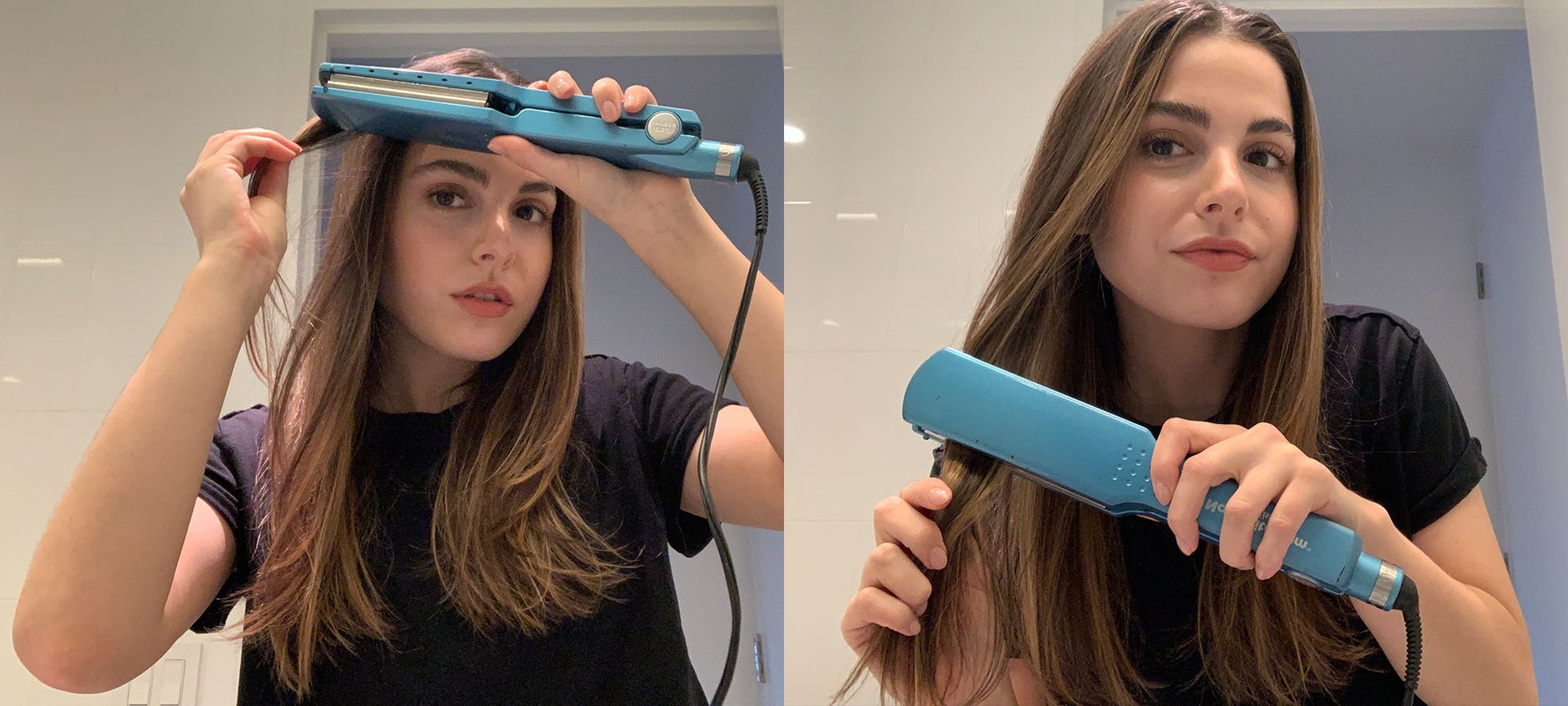
Alternatives to Heat
If you are concerned about the potential damage from heat styling, there are alternative methods for achieving straight hair without subjecting your fine hair to high temperatures.
Air Drying and Styling Techniques
One alternative is to embrace air drying and utilize styling techniques that promote natural straightness. After washing your hair, apply a straightening gel or serum and comb your hair straight. Allow your hair to air dry while gently manipulating it to maintain the desired straightness. This method may take longer than heat styling, but it can be a great option to minimize damage and let your fine hair recover from heat styling.
Using Rollers or Curling Methods
Another alternative to heat styling is to use rollers or curling methods to achieve straight hair. Velcro or foam rollers can be used to add volume and create natural-looking waves or curls to your fine hair. Once the hair is set in the rollers, leave them in for a few hours or overnight to allow the hair to dry and set. When you remove the rollers, you will have beautifully styled hair without the need for high temperatures.
Recommended Products
Using the right products can greatly enhance the straightening process and help protect your fine hair from damage.
Heat Protectant Sprays
Invest in a high-quality heat protectant spray that is specifically formulated for fine hair. Look for lightweight formulas that won’t weigh down your delicate strands while still providing effective heat protection. Apply the heat protectant spray generously before using any heat styling tools to create a barrier between your hair and the heat.
Quality Straightening Tools
When it comes to straightening fine hair, it is worth investing in high-quality tools that offer temperature control and advanced technologies. Look for flat irons with adjustable temperature settings, ceramic or tourmaline plates, and even features like ionic technology. These tools will help minimize damage and allow you to achieve the best straightening results for your fine hair.
Hair Serums and Oils
To add shine and maintain the health of your fine hair, consider using hair serums or oils. These products can help reduce frizz and add a healthy glow to your straightened hair. Look for lightweight serums or oils that won’t weigh down your fine hair and apply a small amount to the ends and mid-lengths of your hair for best results.
Thermal Setting Sprays
If you prefer using rollers or curling methods to achieve straight hair, using a thermal setting spray can be beneficial. Thermal setting sprays help protect your hair from the heat of the rollers while also providing hold and ensuring your straightened style lasts longer. Look for thermal setting sprays that are specifically designed for fine hair to avoid any added weight or greasiness.
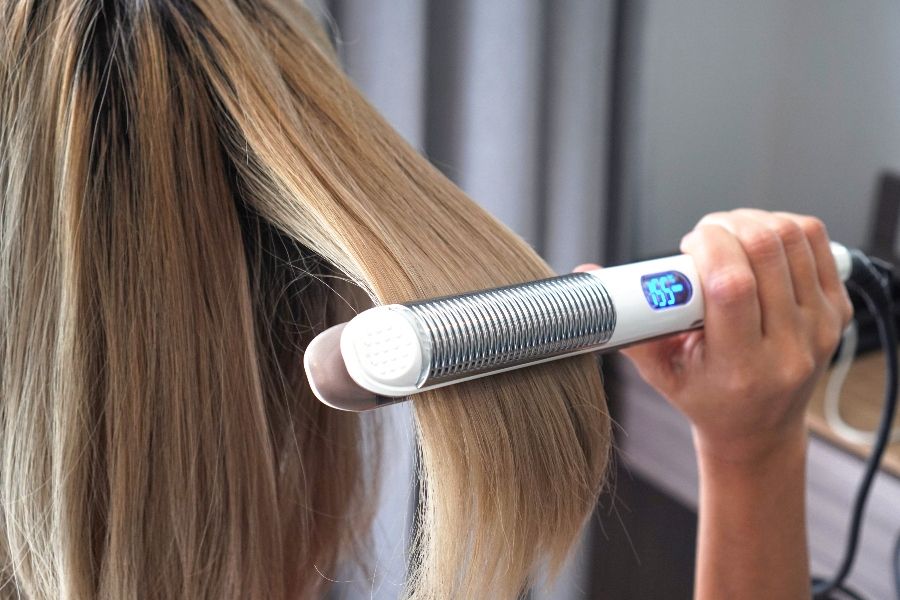
Tips for Best Results
To achieve the best results when straightening fine hair, consider these tips and techniques:
Proper Hair Preparation
Before straightening your fine hair, ensure it is properly washed, conditioned, and towel-dried. Apply a heat protectant spray or serum throughout your hair to create a protective barrier. Comb your hair to remove any tangles or knots and ensure even heat distribution during the straightening process.
Even Heat Distribution
When using heat styling tools, it is important to ensure even heat distribution to avoid overheating certain sections of your fine hair. Divide your hair into small sections and run the flat iron or other heat styling tool through each section smoothly and evenly. Avoid going over the same section multiple times to minimize heat exposure.
Slow and Controlled Movements
Take your time when straightening your fine hair and avoid rushing through the process. Slow and controlled movements are key to achieving smooth and straight results without damaging your delicate strands. Rushing can lead to uneven heat distribution and increased risk of damage.
Maintaining Hair Health
To minimize damage and achieve the best results when straightening fine hair, it is crucial to maintain its health. Regular trims to remove split ends, deep conditioning treatments to nourish and strengthen the hair, and using quality hair care products can all contribute to the health and appearance of your fine hair. Healthy hair is more resilient to heat damage and will respond better to straightening techniques.
Conclusion
Finding the best temperature for hair straightening fine hair is essential for achieving optimal results while minimizing damage. Fine hair requires lower temperatures compared to thicker hair types to prevent breakage and maintain its health. Using temperature settings between 250°F and 350°F provides an effective range for straightening fine hair. The specific temperature within this range will depend on factors such as your hair type, thickness, health, and environmental conditions. Additionally, implementing low temperature techniques, using professional-grade tools, and utilizing alternative methods can help protect and style your fine hair without subjecting it to excessive heat. Remember to always prioritize the health of your fine hair and use quality products to enhance the straightening process while minimizing damage. By following these recommendations, you can achieve fabulous straight hair while keeping your fine hair healthy and vibrant.
